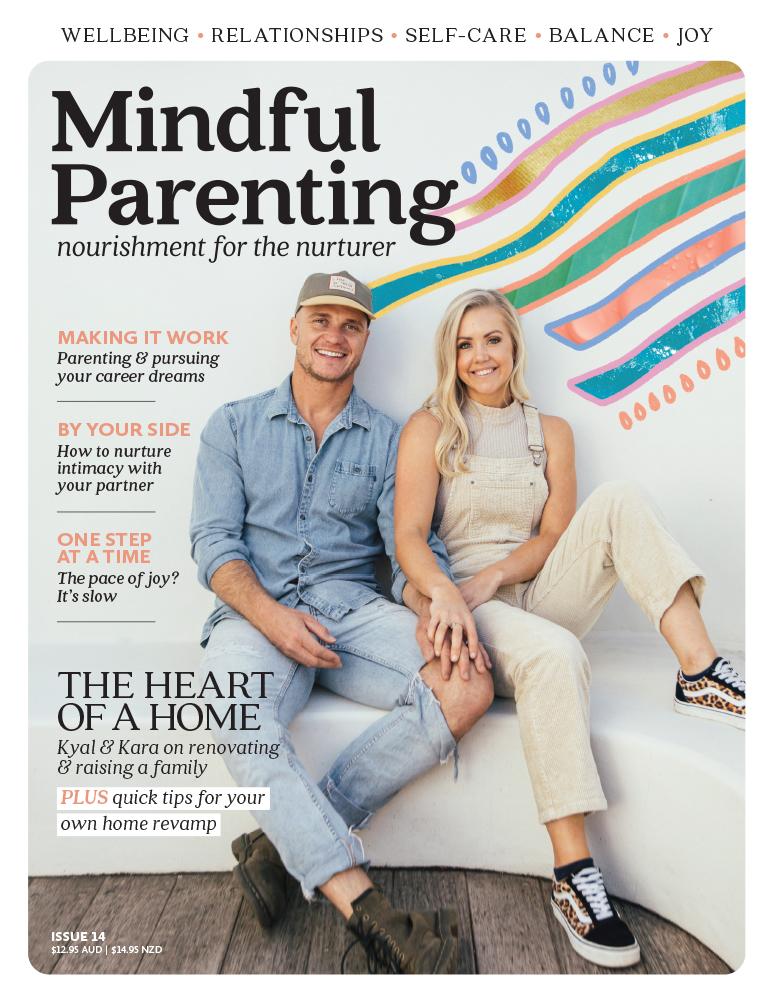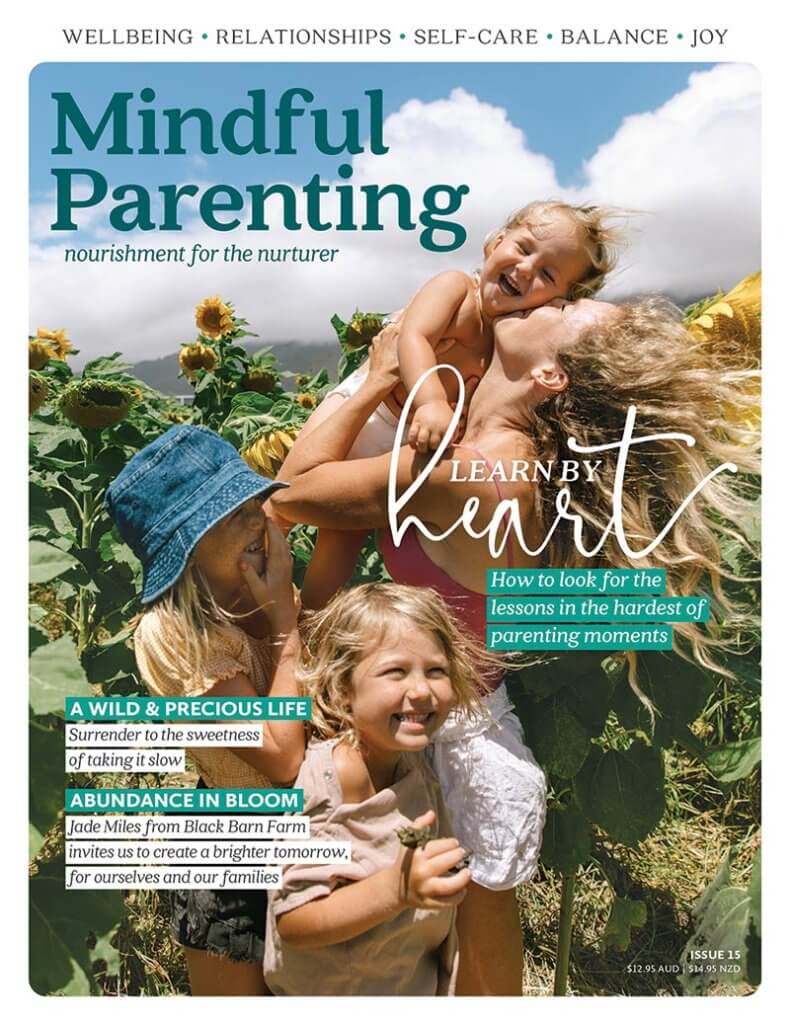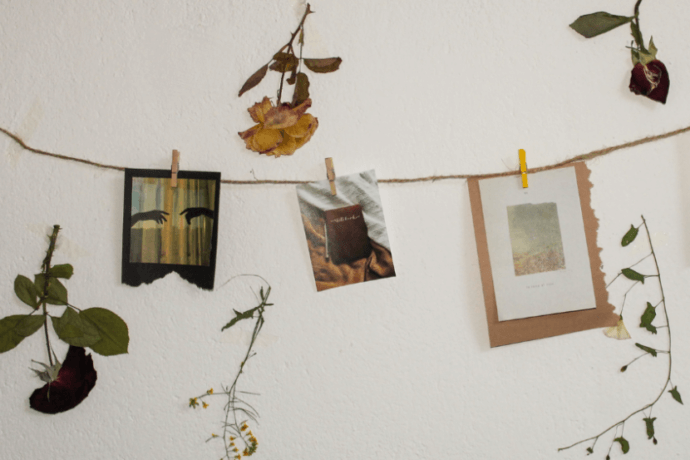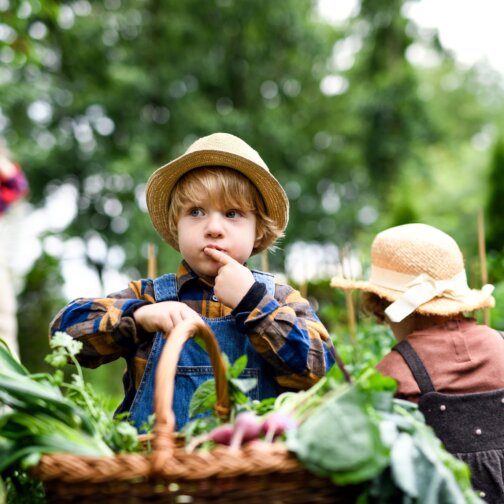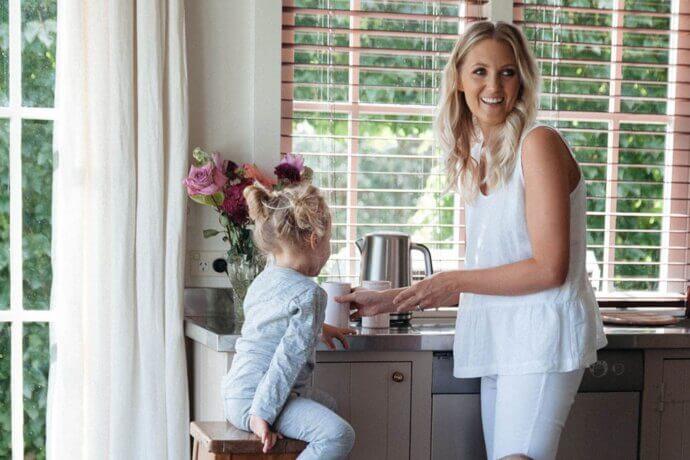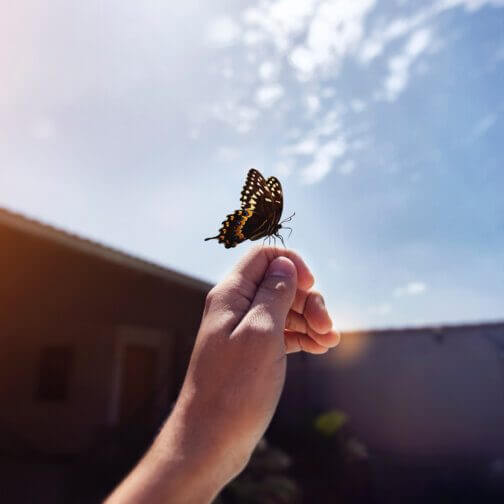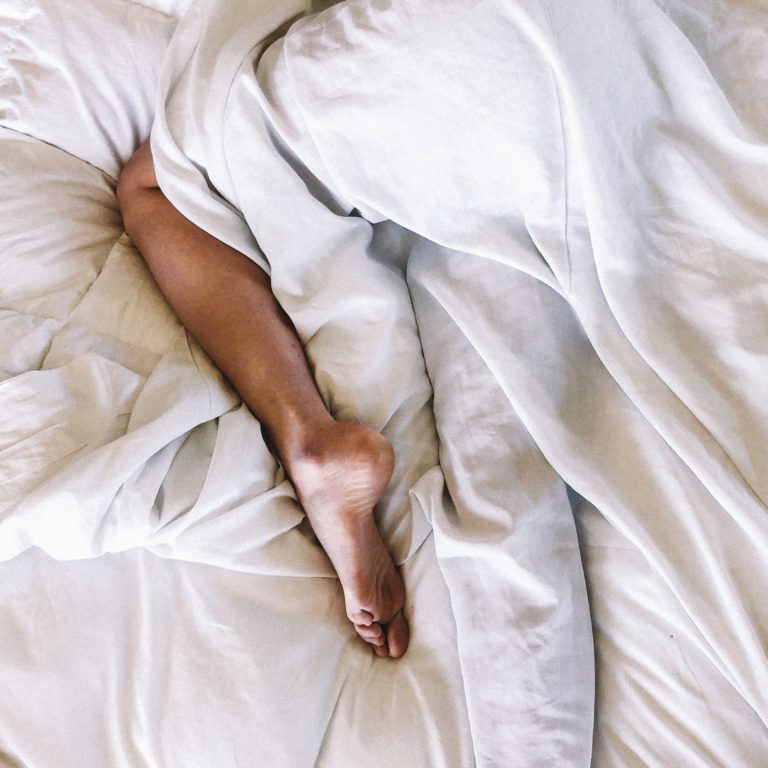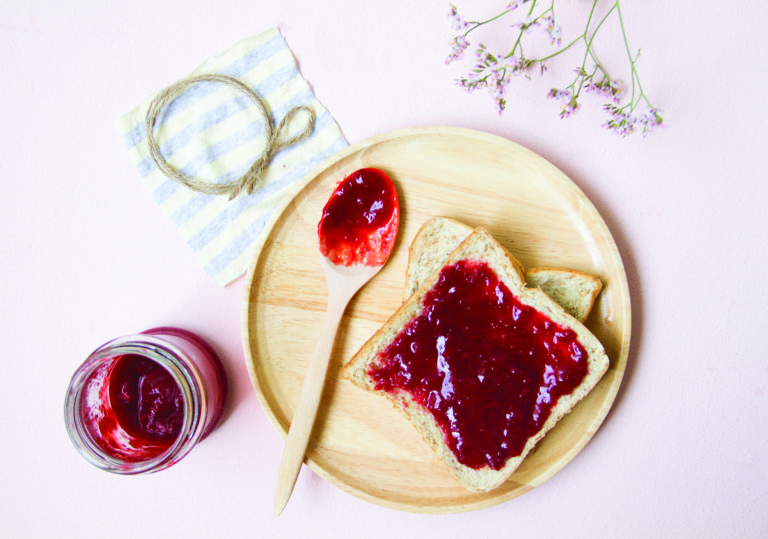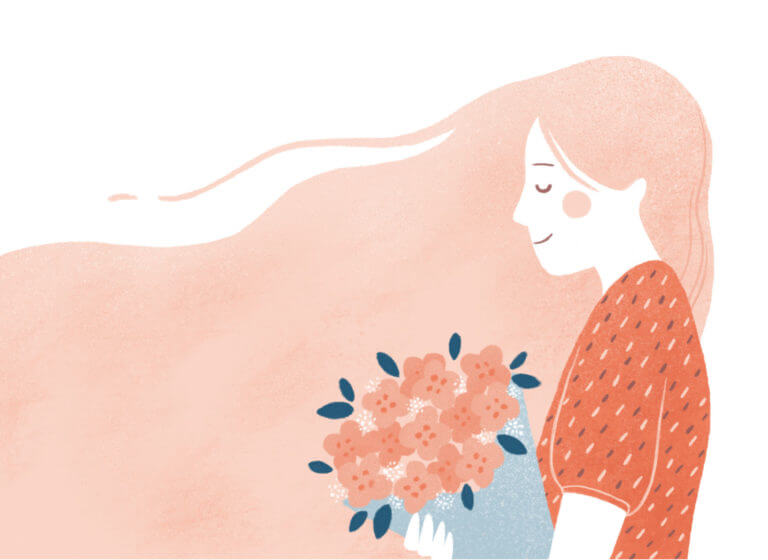
Rituals bolster family connections and revitalise our sense of self.
As the tea meets her lips, she closes her eyes. She breathes in the aroma, savours the warmth as it moves down her throat, and lets the flavour linger in her mouth. A moment of pause and then she takes a deep breath. When she opens her eyes, her world is the same yet somehow different. With the act of this simple ritual – a ritual she does with every cup of tea, no matter where she is or what the kids are doing – she returns to herself. She returns to her sacredness.
Rituals have marked milestone moments, periods of transition and even the most ordinary of occasions for the past 70,000 years. From Swedish girls dancing around the maypole on Midsummer’s Eve, to shamanic rites practised in eastern Nepal. From solemn high masses of the Roman Catholic Church, to the Navajo Native American Blessingway, a tradition of honouring the new mother – rituals build families, connect communities and, most importantly, sustain our identity.
Urban shaman and ritual expert Mama Donna Henes protests that the need for ritual is a basic human instinct, “as real, as urgent and as raw as our need for food, shelter and love. And it is every bit as crucial to our survival”.
In our modernised and secularised part of the world, everyday customs are less visible, yet they still exist. In fact, as Aimee Griffith, mother of two girls, Willow, three, and Violet, six months, from northern NSW shares: “A ritual can be something that realigns you with a sense of purpose, gratitude and consistency. It helps me to keep seeing ‘the magic in the mundane’, as one of my teachers would say, which can be life-changing for a mum!”
“We do a ritual for the sake of the act itself, rather than for the fruits of the act. I think that’s really important to remember. The act can be a big or small gesture performed regularly, or semi-regularly, or to acknowledge a particular moment in time, or not. There’s no fixed rule about ‘how’, only that whatever you do is offered with love, respect and a sense of reverence for something bigger than yourself, whatever that may look like to you.”
Also a yoga teacher and communications advisor, Aimee punctuates her days with acts of intention to remind her of who she is outside of the many roles she plays. Her day starts early at 4.45am for her sadhana (spiritual practice). The ritual always begins when she makes coffee and feeds her cats before rolling out her yoga mat, lighting a candle and then some incense. Depending on how much time she has, she’ll move through some postures, breathing exercises and settle in a meditation. “My intention is simply to feel grounded and connected before stepping into the day and into mum life, but I am careful to not be attached to this outcome either. If one of my girls wakes up during my practice, they usually come to lay down nearby on the lounge in a blanket and we share the time together. I love that they know ritual as a normal part of our lives.
“I might also journal, read a page or two from a book, or pull an oracle card and pop it on my altar, my sacred space I keep set up in our lounge room with candles, deities and other meaningful items. Throughout the day, I often return to my altar for a mindful breath or two to reconnect to the bhav (mood) from my morning practice, especially when it’s been a busy or challenging day and I need to ‘ground’ again.”
Cheryl Outred from the Central Coast of NSW works with ritual for a living. A reiki teacher and holistic therapist for the past 28 years, Cheryl uses the energy balancing modality to support her clients physically, mentally, emotionally and spiritually. She explains that rituals are our “inner foundation” – that they invoke in us a visceral understanding of unity, continuity, connectivity, reverence and awe. They don’t only mark time, Cheryl continues, “they connect the past and present and create time”.
Rituals build families, connect communities and, most importantly, sustain our identity. A mother and grandmother herself, Cheryl knows too well the importance of nurturing oneself. “Allocate some time each day for yourself and do something you want to do like taking a walk, reading for 15 minutes alone, dancing, yoga, meditation, having a bath or shower, taking a nap, painting your nails, enjoying a coffee while it’s hot, writing in a journal, and setting realistic goals. Nurture yourself; moisturise, and thank your body for all it does for you. Your heart beats, your legs walk, your feet carry you and your breasts feed your baby. If you don’t set yourself up for some quiet downtime (which is a ritual), eventually something has to give. Often your sanity, health or relationships will suffer. It happens to the best of us.”
And then there is ritual’s other half – prayer. Removing the religious connotations, Aimee says that prayer is “simply an act of creating space to listen for what is, and what might be. It’s more an offering of listening, rather than asking for what you want. To pray in this way is sometimes all our heart needs in order to feel heard and held – two essential needs as a mum who is learning their way.”
“My greatest advice is to make time for yourself to practise something that brings you home every day, to offer mindful rituals big and small, and to allow yourself to open into prayer by listening mindfully in silence whenever you need it – while the kettle boils, when a warm breeze hits you, or when you see your child’s eyes light up.
“And always savour that first sip of your tea.”
Words by Leah Davies
